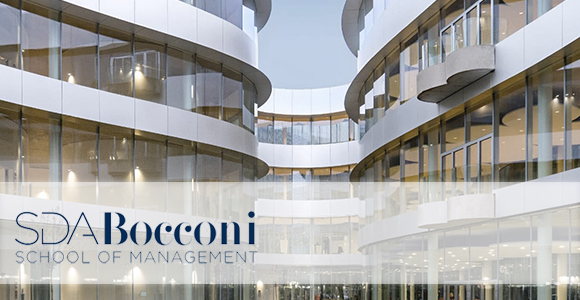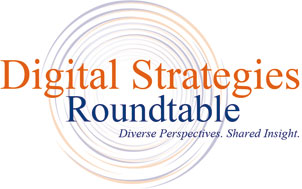
Enterprise IT for the 21st Century
June 29 & 30, 2022
Milan, Italy – Hosted by SDA Bocconi
Digital technology has changed dramatically in the last ten years, driving and enabling a lot of business change. A decade ago we were talking about how mobile was a growing force, how social media was perhaps influencing more consumers than we thought (but was it really relevant for B2B companies?), the emerging importance of data/analytics, and that cloud and IoT were on the horizon. As IT groups wrestled with the rapid change of technologies and the opportunities and demands it presented over the years that followed, the digital transformation of companies took root and, over the last five years, became a dominant topic for every senior leadership team and board. For some this journey has been more about new ways of connecting to customers and delivering value; for others more about data, how you manage and use it to drive insights, decisions and disruption; for yet others more about OT and IoT and changing operations; and for still others about digital products, and service innovation around and on top of these products. The pandemic then ensured that for everyone it also became about new ways of working, of equipping and enabling a workforce to work from anywhere, anytime, and yet collaborate.
Regardless of the flavor of the transformation journey, the change for corporate IT has been challenging. It has included not just the rapidly changing technology, but also the expectations to move fast that the “consumerization” of technology created. The change also led to a dizzying array of vendors, replete with the challenges of handling relationships with companies from startups to today’s near-monopoly tech giants. Every aspect of a company needed digital and required engagement with IT or became a potential rogue IT software, hardware or service purchaser (or both). Cybersecurity risks grew exponentially as the attack surface broadened and bad actors diversified and became a real industry.
This roundtable will focus first on understanding what the next generation of technologies (along with the maturing of the current one) will bring and how it will affect businesses and be applied in the corporate context. With this as backdrop, we will focus the majority of our time on what the corporate IT organization of the next decade needs to be to enable or drive the full integration and maximization of digital technologies for each company. We will discuss what this organization’s role should be in a world where technology has moved from a “function” to a way of life, integral to almost everything we do in our personal and professional lives.


